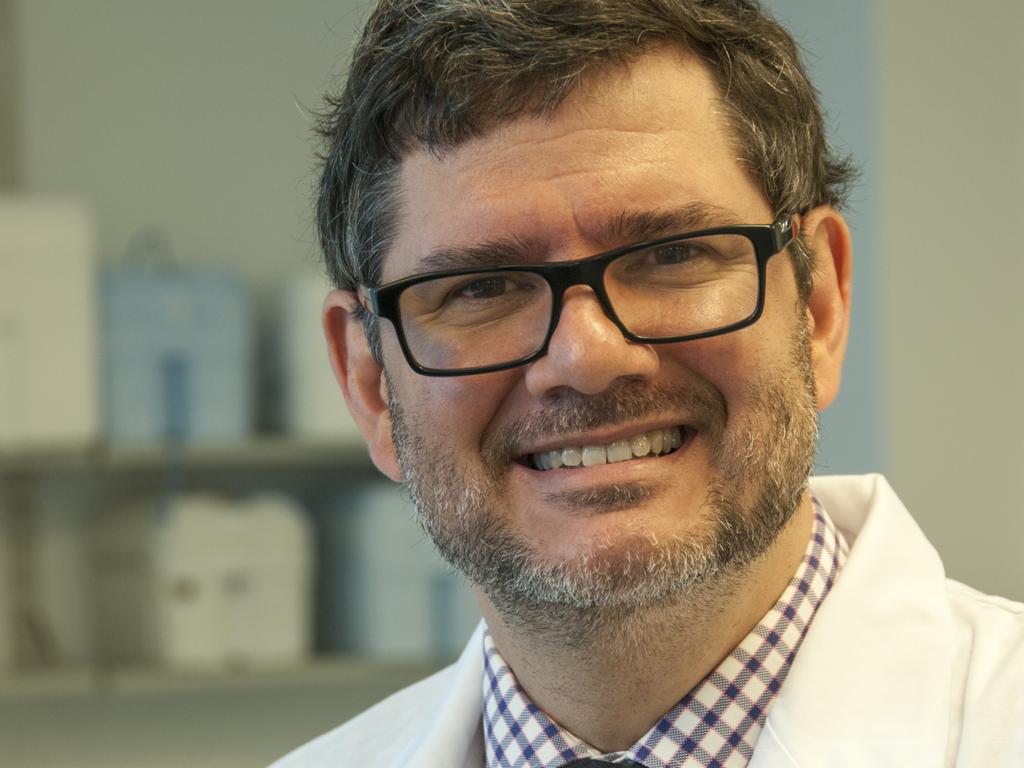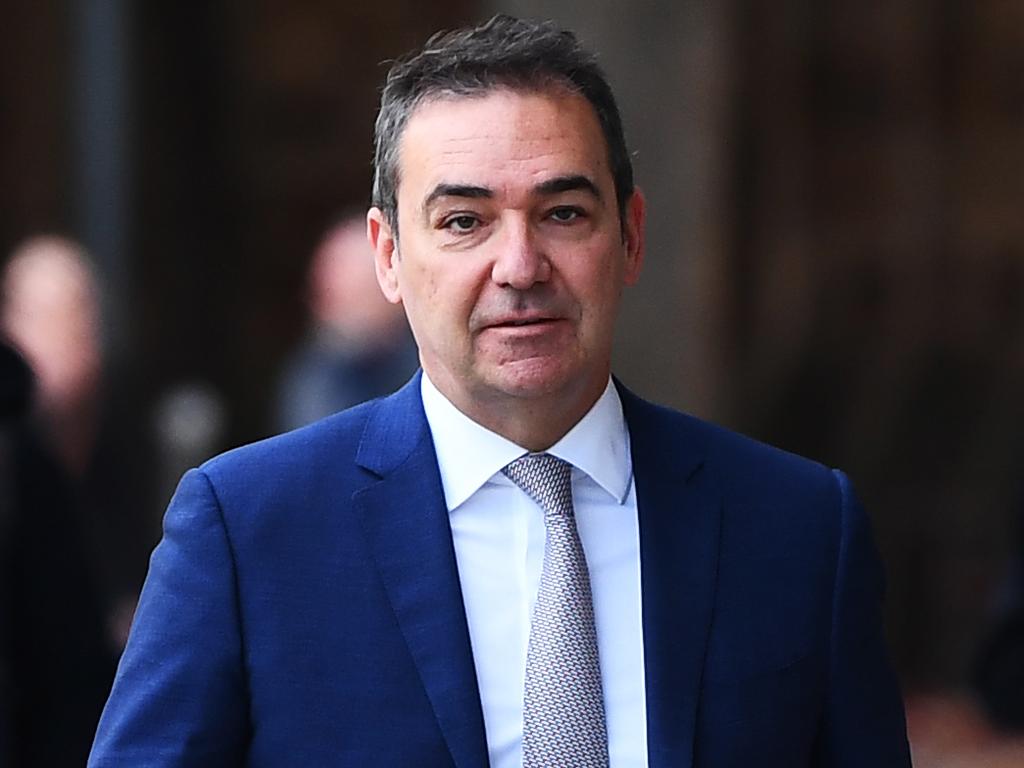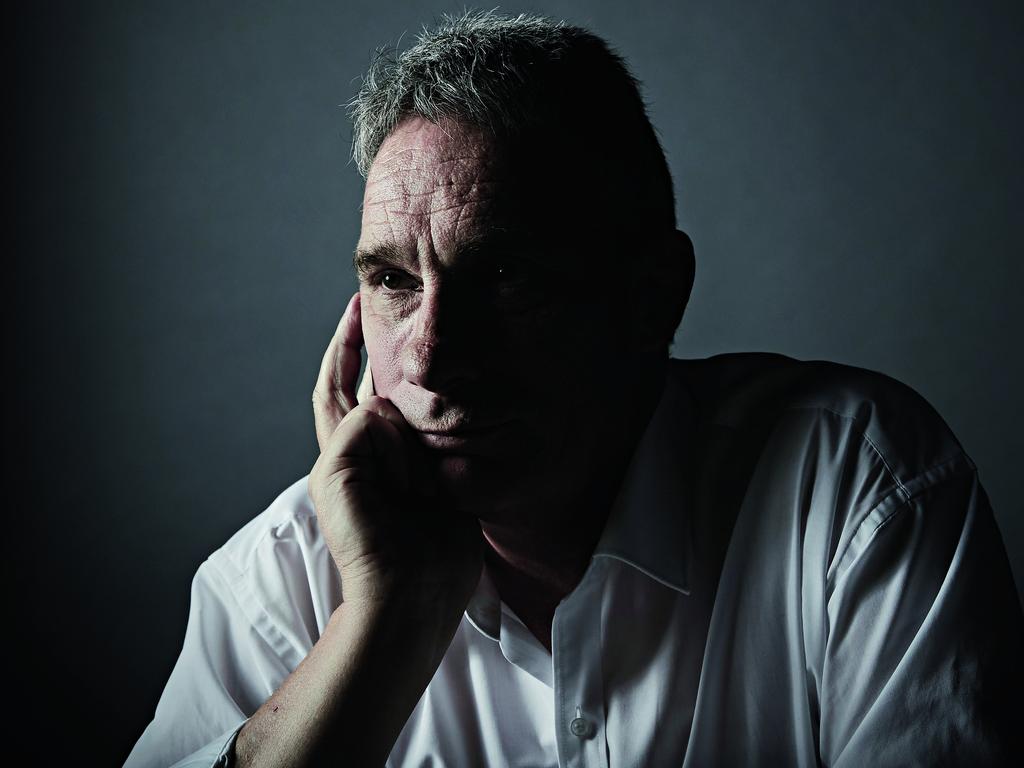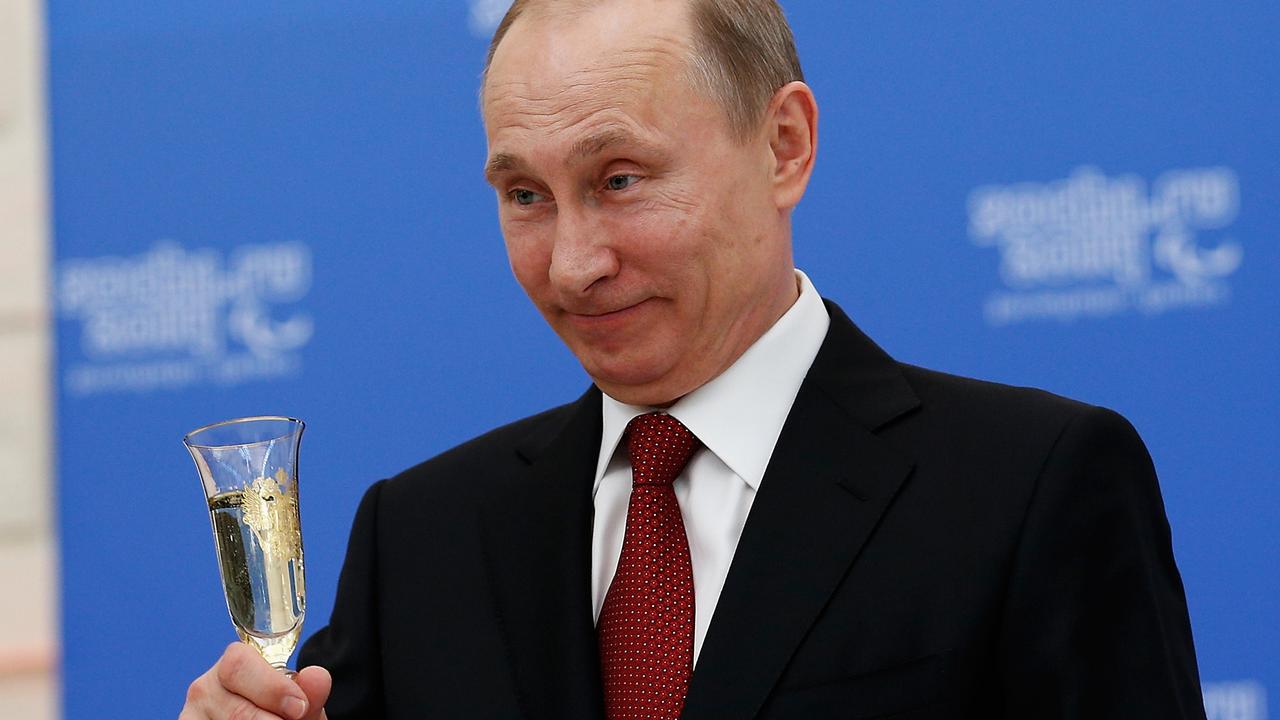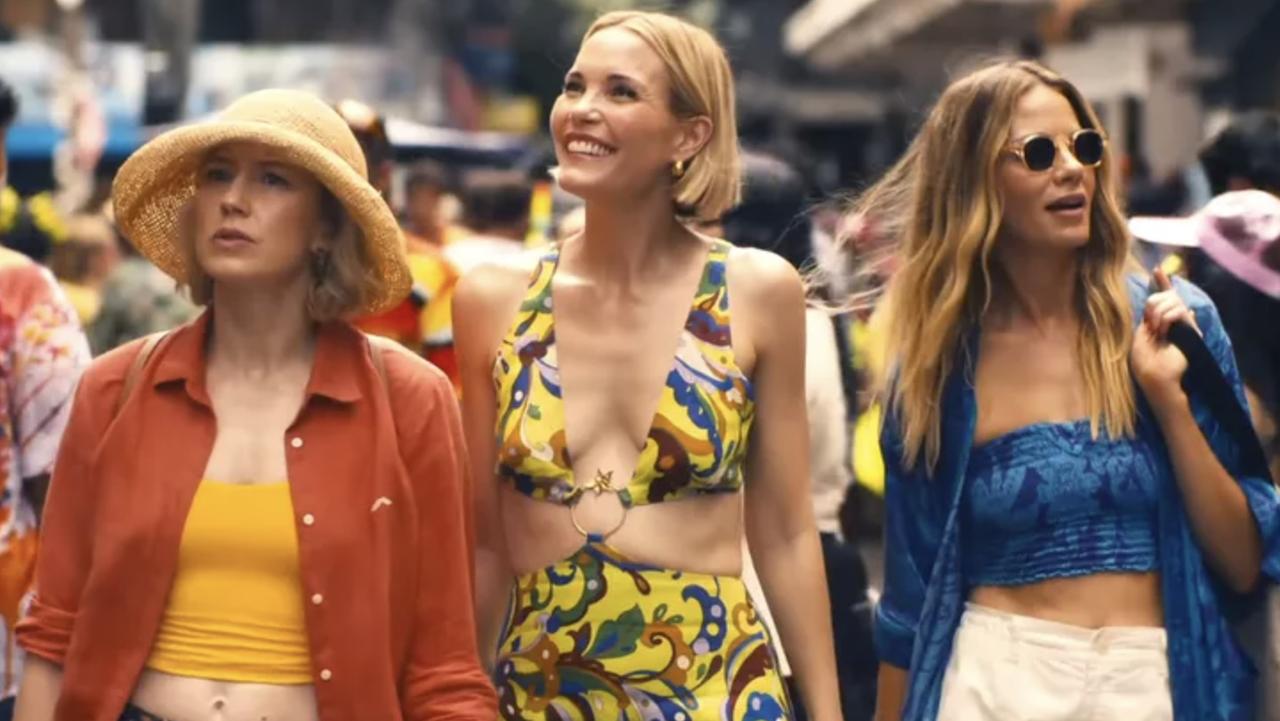Does drinking cause cancer? What prevents it?
Geneticist Kat Arney says scientists should switch their efforts from finding a cancer cure to learning why some people don’t get it at all.

When it comes to cancer, there are plenty of people who argue that we have no one to blame but ourselves. We drink and smoke too much, we lead stressful western lifestyles and we eat the wrong things. If only we would all stick to green tea, sprouting seeds and mindful yoga, the world would be a better and less cancerous place. At which point Dr Kat Arney would like to stage an intervention.
Arney is a developmental geneticist with a first-class degree in natural sciences and a PhD in developmental genetics from the University of Cambridge. As opposed to, say, an influencer, or an A-list wellness guru. How can you put all the blame on modern lifestyles, she argues, when dinosaurs got cancer? Animals don’t drink or smoke too much, but they get cancer too. So did the ancient Egyptians, and they weren’t scoffing processed meat. More to the point, she argues, research focuses on the impossibly difficult dream of a magic bullet that will cure cancer. Wouldn’t it be better, she says, if instead of focusing on what to do when someone gets cancer, we do more research into why some people don’t? Delve deeper into prevention, in other words, and start to think of cancer not in terms of magic bullets, but of the underlying evolutionary processes.
“Cancer is just life gone rogue,” says Arney, 42, from the home she shares with her partner in Maidenhead, Berkshire. “I worked at Cancer Research UK a few years ago and all the genetics was getting really hot. We had all this tumour sequencing and genetic shopping lists to treat cancers, but it wasn’t really working in the long term. My background is as a developmental biologist – how you get from one cell to a baby. Cancer is just one cell turning into something horrible. There’s a new narrative emerging where people are starting to think in more evolutionary terms.”
There are two strands of evolution when it comes to cancer, she explains. One is our human evolution as a species; the other is the evolution of the cells within your body: how they nudge up against each other, how they fight.
“What’s incredible is that we don’t get more cancer. Out of all the mutations happening in your body every single day, in any one person’s lifetime they may develop one, maybe two cancers. That’s like winning the world’s craziest lottery, the shitty jackpot. Out of all the things that can go wrong, we really don’t, as individuals, get cancer very often. It is incredibly prevalent in society, but not within your own body.”
The problem is that sequencing genes, finding something to target and designing a drug makes money and headlines. Prevention, Arney says, is always “massively underfunded because it’s hard and complicated”. She argues that we need to be one step ahead of the cancer in how we treat it, and think in terms not of where it is, but where it might go, how it might mutate and what it might do. Her book Rebel Cell is subtitled Cancer, evolution and the science of life. She’s clearly aiming low. “Yeah, my first book was about the whole of genetics,” she deadpans. “I thought this time I’d narrow it down.”
She’s aware that for cancer patients her book might be a “challenging” read because it questions the idea that “someone will test your tumour, you’ll get this drug and it will cure you. And that’s not true.” She emphasises that our tackling of early stage cancer has been “incredibly successful, but if you step back and look at what the gains are from these incredibly expensive targeted treatments, for late-stage cancers they are absolutely marginal”. Why? “Because we’re not really taking the evolution of resistance to them properly into account.”
Come again? She explains that it’s like the evolution of anything: different pressures on populations make for genetic variation. The pressures experienced, whether lack of food or a changing environment, mean that some things – whether we’re talking hippos or cancer cells – are more likely to survive, thrive and reproduce than others. We now know that a cancerous tumour isn’t just a mass of identical cells; there’s huge genetic diversity even in a tiny chunk of it. Subject them to treatment, which changes their environment, and some will die in response and some won’t because they have mutations that make them better equipped to survive in these new circumstances.
“We all know people who’ve been treated for cancer and it goes away, but then it comes back. That’s the cells that have been left in the body that are now resistant to the treatment because they got through it first time and have evolved and continue to grow. That is the real challenge. That is what we are still really struggling to treat effectively.”
The picture is further complicated because we now know that some cancers behave differently in men and women, although we’re not sure why. Is it hormones? Genetics? What are the implications for treatment and how we test those treatments, which is mostly on young male mice? Arney argues that we urgently need to start doing proper testing and research on male and female animals, not just young ones.
“The majority are tested on young male mice, and that’s the most dumb thing. Why? Because they’re cheap! You need to keep your female mice for breeding, but you don’t need very many males. Cancer is really a disease of older people, but we test these treatments on young male mice. You need to be testing them in old male and female mice.”
She argues that if cancer has always been a nasty fact of life, we should think about whether aspects of modern life are exacerbating the situation and making these rebel cells, as she calls them, more likely to succeed in their evolutionary journey. Is chronic stress leading to inflammation? How effective is exercising, and why? And what about not drinking too much and eating healthily?
“What does real cancer prevention look like? Let’s find out what we do in our lives that helps keep our tissues young and beautiful.”
She’s keen to emphasise that there’s plenty of good news. Testicular cancer is almost entirely curable, as are some childhood cancers, although she adds the caveat that the long-term side-effects aren’t great. “A lot of cancers if they’re caught early, and it responds to treatment, your outlook is pretty good. If it’s really started to spread throughout the body, it’s really not good.”
Prostate cancer is one area of good news. Arney’s grandfather died of it in the 1980s, when she was eight. The sophisticated radiation treatment and hormone therapies available now didn’t exist, “so he got prostate cancer and died very quickly of prostate cancer. Contrast that with today, and we’ve seen a doubling of long-term survival, although it still depends on what stage it’s picked up.”
The future, she thinks, lies in “doing the genetics” on how individual cancers evolve. Instead of saying, “It’s got these mutations, you need these drugs,” it’s a question of looking at what proportion of the cancer cells have that mutation, whether they’re dominant and how fast they’re growing. How is that pocket of cells interacting with its neighbours? What’s the ecology in the body in that place?
She worries that the catastrophic drop in donations caused by Covid might have serious implications because prevention is the sort of research that tends to be done by charities, while the big pharmaceutical companies focus on finding profitable drugs. Then there’s immunotherapy, which gets a lot of hype. Arney cautions that while it can be transformative for one in five people, for others it can accelerate the process of their disease. And even successful treatment can raise as many questions as it answers.
“What happens if we cure your cancer, but because we’ve tickled your immune system, in 20 years’ time you get another cancer? If you were 70 when cured of the first one, and you get another cancer when you’re 90, you might say you’ve had a good innings. But what if you’re 30? What if ten years later they get another cancer, but it’s much worse because their immune system is knackered? There’s a lot we don’t know, but,” she adds, “it’s very, very exciting.”
And if you pay attention to the people who don’t know what they’re talking about, it can be very, very scary. Arney worked for 12 years on the science communications team at Cancer Research UK. Because a lot of women’s clothes don’t have pockets, she used to shove her phone down the side of her bra. A friend looked at her in horror and said: “You work for a cancer charity! I can’t believe you put your phone in your bra!”
“I said to her, ‘I work for a cancer charity, and that is precisely why I put my phone in my bra.’”
The Times

